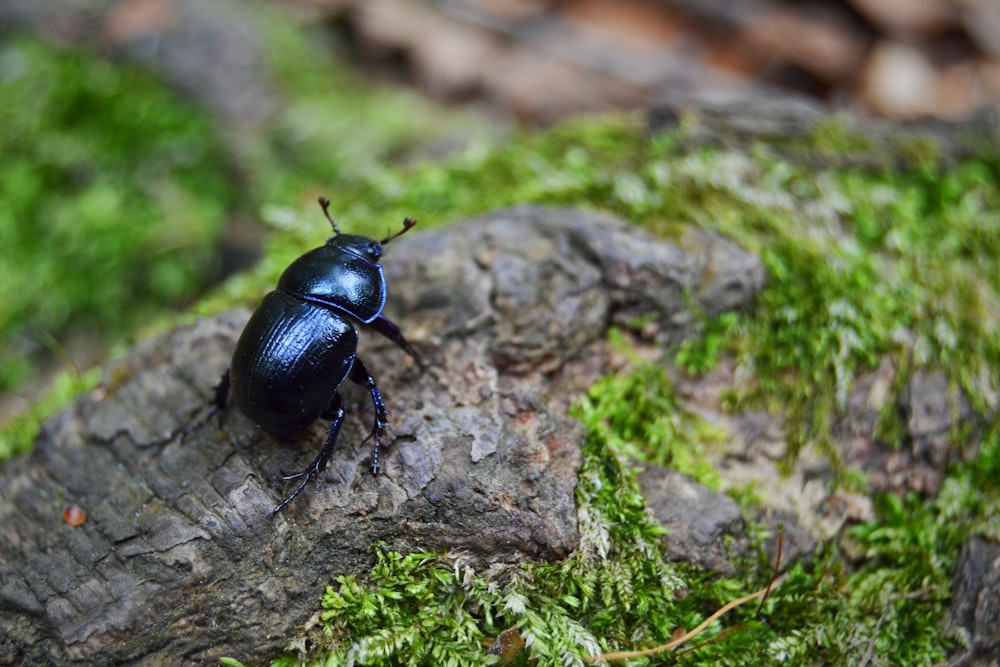Confused about which type of bug you have in your house?
It may look like an ant, but many insects look like ants.
We understand that identifying different kinds of pests can be pretty confusing unless you’re a fancy entomologist, and we’ve written this guide to change that.
List of Bugs That Look Like An Ant
- Termites
- Winged termites
- Velvet Ants
- Furry Ants
- Carpenter Ants
- Beetles
- Stone Fly
- Some species of Wasps and Bees
The Bug That Looks Like An Ant
The bug which looks like an ant could be a termite, a winged termite, a carpenter ant, a velvet ant, and the list of other insects goes on.
You can quickly identify which type of insect it is by comparing it with our descriptions and pictures below.
Some of the bugs can cause an infestation in your home!
Easy and Simple method to Identify Any Insect
This might sound too good to be accurate, but there is a super easy method to identify any insect.
If you have the Google Lens application on your phone, you can take a picture of the insect and run it through this mobile application, and it will return very accurate results.
Is it a Termite or An Ant?
Termites look very similar to ants, and this is unfortunate because termites cause significantly more damage than regular ants.
In addition, winged termites can easily be confused with other winged ants.
Termites are dark brown, and ants come in various colors, from black to reddish.
The winged type of both insects can sometimes confuse us due to their similar appearances.
Since both reproductive ants are winged and reproductive termites are also winged.
So what’s the difference?
The termite which attacks your home and can cause damage has a long, rectangular frame.
Ants are curvier, i.e., they have a more pronounced head and body with pinched waists.
It’s easier to see the differences in the side-by-side comparison below.

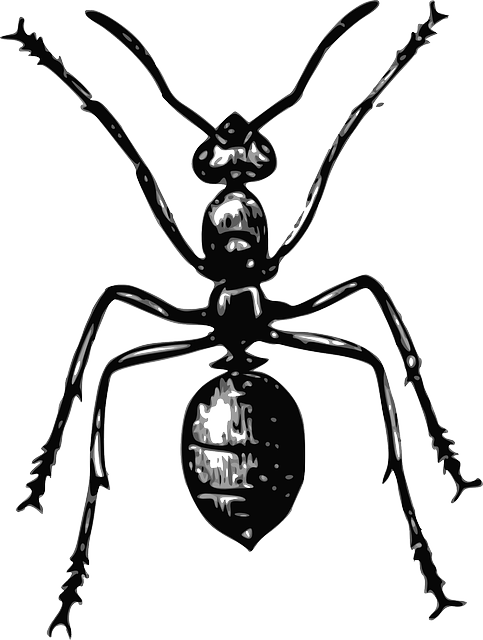
Signs of a Termite Infestation
You must take proper measures if you think it is a termite.
Termites can cause structural damage to your house, destroying the wooden parts of homes and the house’s foundation.
These pests can be big headaches for many homeowners.
Termites can cause serious damages, and many homowners have no idea due to the hidden nature of a termite infestation.
Termites live in the wooden structures where they nest and reproduce.
We target them at their nests to carry out complete pest control solutions and kill termites.
There is plenty of pesticides available specifically for termite infestation that you can use. (We Like This One)
If the infestation is severe, and sometimes it is hard to tell how bad the problem is until it is too late, it is a great idea to call a pest control professional.
These experts know what they’re doing and will find where the termites live and hide and the best methods to remove them.
The only downside is that these services are more expensive than a DIY approach, where you take care of the pest problem yourself. (See More Strategies)
However, the upside to calling in an expert is that they know if it’s just a simple ant infestation or something more serious like termites.
Winged ants vs. Regular Ants
It is common to confuse winged ants with regular ants.
You might be wondering, it looks like an ant, but has wings?
But you could also have winged termites.
Here’s the difference:
Winged ants have two pairs of wings that are not the same length. They have a narrow waist, and elbowed antennae.
Winged termites have four wings. All the wings are of equal length, and they have straight antennae.
Regular ants do not have wings. They have bent antennae and pinched waists.
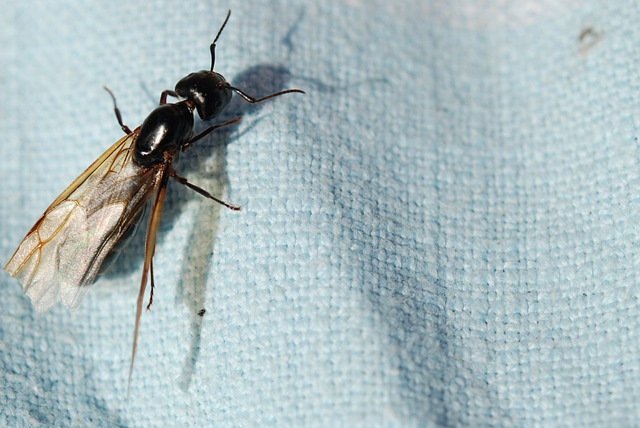
Carpenter ants vs. Regular Ants
Carpenter ants are one of the most dangerous types of ants.
Unlike regular ants, they can cause structural damage to your home.
They have large colonies, just like termites.
Carpenter ant bodies resemble common ants, but the size of carpenter ants varies greatly.
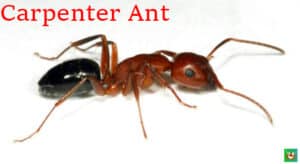
The worker carpenter ants are well-fed and big, about 1/2 an inch, while younger carpenter ants are smaller.
They have dark-colored bodies.
Velvet ants vs. Regular ants
Velvet ants are not very common, and it is good news because these guys are pretty lethal.
Also, take not that Velvet ants are nto ants at all. While they have an ant-like body, they are wasps.
Fun fact: Velvet ants are also known as cow killers. Yikes!
According to a study by Kentucky college, they are usually seen running around in open areas in the yard and have a constriction in-between their thorax. (See More)
Velvet ants or wasps are usually identified by their hair.
The hair can be in various colors: scarlet, orange, and black, and you can see one in orange in the picture below.
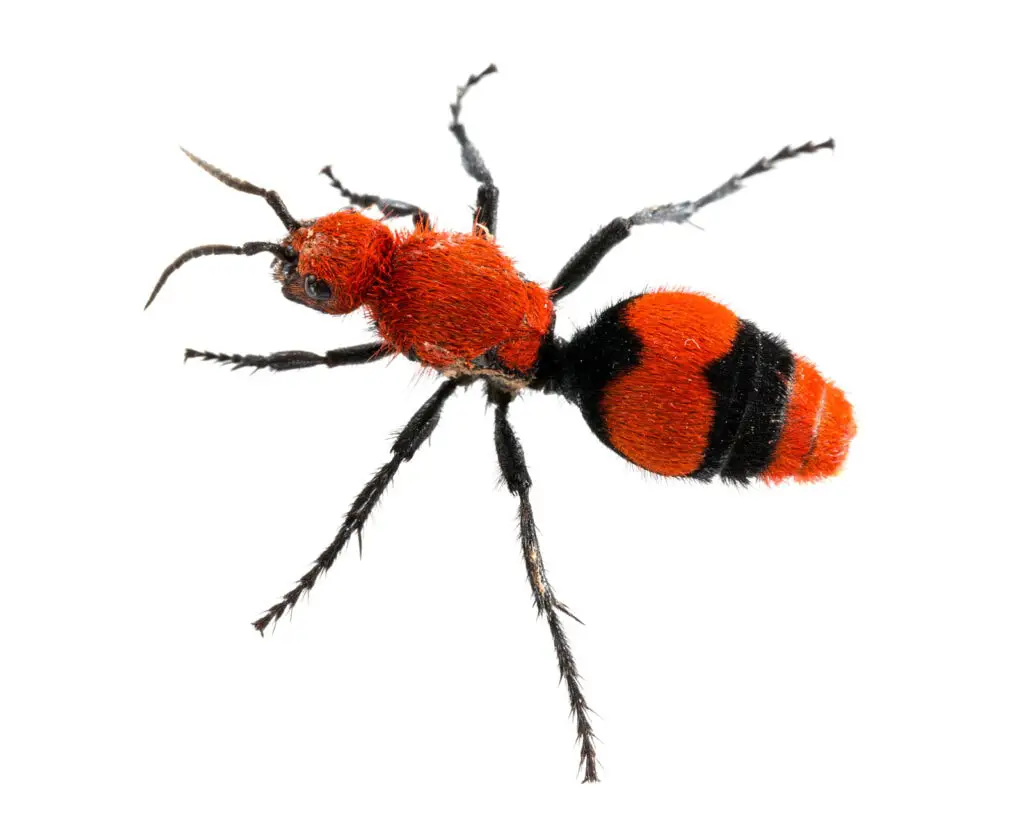
Furry ants vs. Regular ants
Furry ants are also wasps like velvet ants.
They look more or less like the velvet ants.
They are also immune to pesticides. Scared? Don’t be.
These insects are adorable.
Well, nice in the sense that they do not invade your homes.
They are pretty chill when left alone.
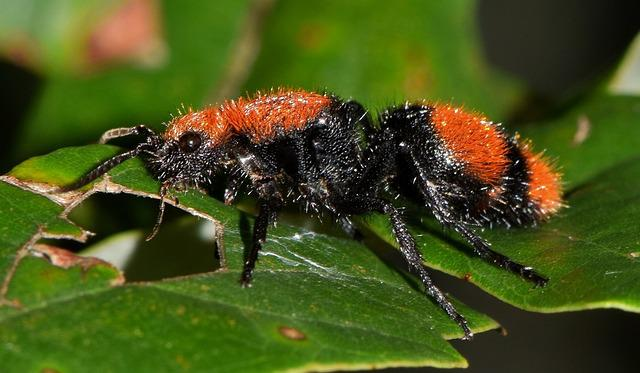
Beetles vs. Regular ants
Beetles can sometimes be confused for bugs that look like ants.
Beetles and ants are not friends, and do not get along in the ecosystem.
It’s also worth noting that beetles love to eat ants, ant actively hunt them.
They tend to live in moist wooden parts of your home and also basements (not very popular with homeowners).
They can be easily identified because of their front wings, which are curved and big.
They come in many colors, such as green, red, orange, and brown.
Some hues, such as brown, could make someone think they’re ants. (See More)
Stone Flies vs. Regular Ants
Stone Flies are long and thin insects.
They are usually found near bodies of water.
Young stone flies spend most of the beginning stages of their life near the water.
Stone flies are a source of food for many types of fish.
They look very similar to ants.
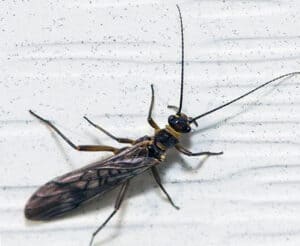
This confuses a lot of homeowners.
But you don’t need to worry about these insects causing any damage; they don’t harm homes.
They show up in the warmer seasons and tend to die off independently.
Their long antennae can distinguish them from ants as ants don’t have antennae as long.
The color of these insects is silver and bright yellow, and they can have golden patterns.
Thief ant vs. Regular ants
Thief ants are a very sneaky type of ants.
They pretend to be part of the colonies of regular ants, and when they are alone, they steal the food and make a run for it.
They are very tiny and have a body that resembles common ants.
To get rid of thief ants, you must target the regular ants.
You can use numerous ant control methods, and one of the easiest but more expensive is calling in an ant control professional.
When you get rid of regular ants, the thief ants will go away, too, since they depend on the regular ants for food.
Once the food source is gone, they have no reason to stay.
Kidnapper ants vs. Regular ants
Kidnapper ants are also very sneaky.
They have a mouth that stops them from picking up food, and the only thing they can pick up is the eggs of other insects, such as ants. That’s why the name is very befitting.
They are red. Kidnapper ants, similar to thief ants, can be dealt with by removing and killing the ants that already exist in your backyard and house.
They do not pretend to be part of the ant colonies; instead, they take them head-on.
Kidnapper ants invade other ant colonies in large numbers. There is an all-out anti-war for the ant babies. The kidnapper ants have the element of surprise on their side.
Usually, the kidnapper ants will win and take regular ant babies back to their colony.
They brainwash these babies into thinking they are part of this alien colony.
These slave ants get to work and bring food for the kidnapper ants.
More Ant Articles You’d Enjoy Answering Common Questions
Ants are incredible insects.
With this fantastic insect, we enjoy plunging deep into every aspect of them.
We have some complementary articles that answer some of the questions listed here:
- What Are The Animals Eat Ants: You aren’t the only one trying to identify ants; these animals also hunt ants.
- Can An Ant Freeze To Death: Seeing some bugs in the freezer? They may be ants or something else. Check this out.
- How Many Legs Do Ants Have: Another article that will help you better identify which insect is in front of you.

